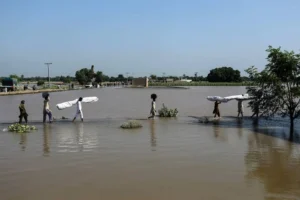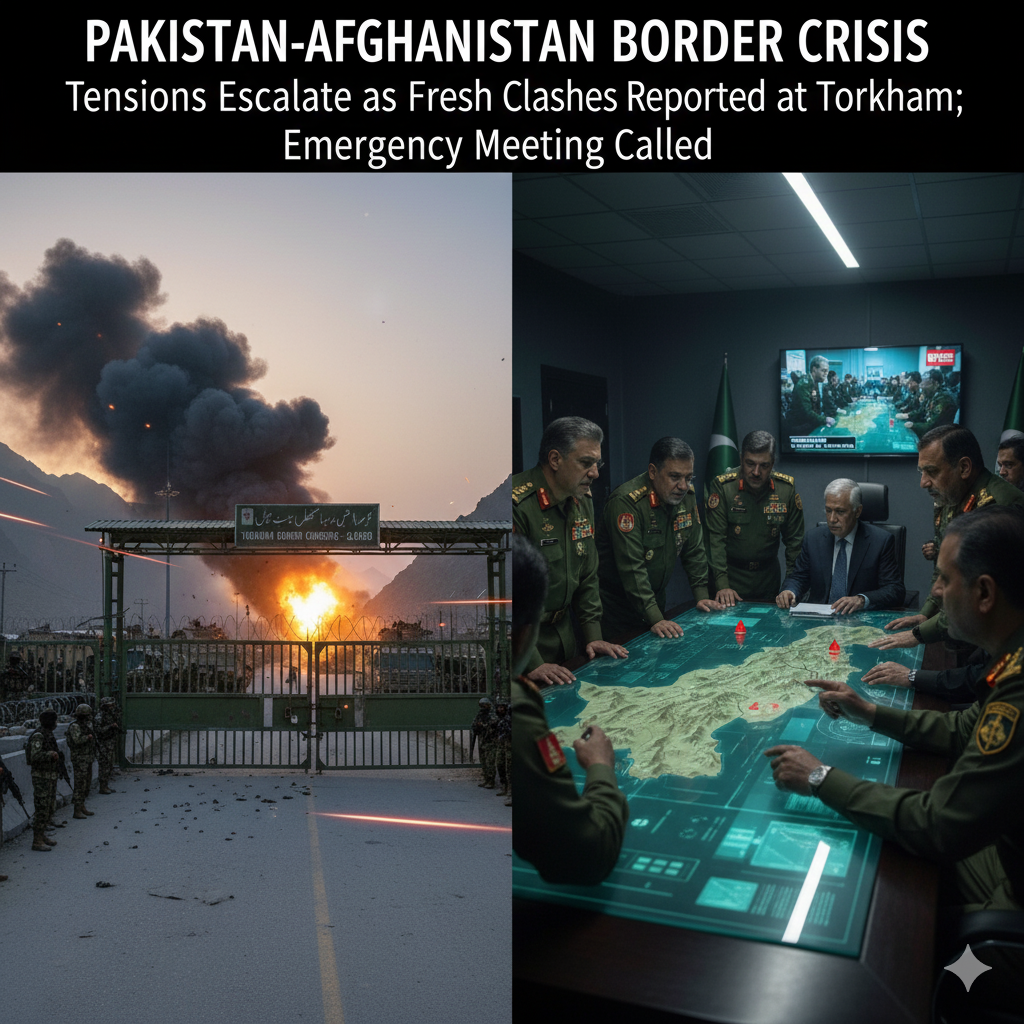When Pakistan faces major internet disruption, millions of people across the country are left struggling to go about their daily routines. Today, internet access has evolved to serve the foundation of communication, commerce, education, even governance rather than just a convenience. The most recent national blackout caused havoc, therefore prompting questions about dependability, infrastructure, and Pakistan’s digital connection future.
In this thorough piece, we examine what transpired, what triggered it, how it affected daily life, and what precautions are suggested to stop such events in the future.
What Happened During the Nationwide Internet Outage?
For many people, slow browsing and inability to load webpages signaled the start of the disturbance. Reports from big cities including Karachi, Lahore, Islamabad, and Peshawar poured in within hours claiming that both broadband and mobile internet had failed.
Whenever Pakistan faces major internet disruption, the effects ripple quickly. Social media platforms became inaccessible, online businesses faced payment failures, and students attending virtual classes were suddenly disconnected.
Why the Disruption Occurred
Authorities later confirmed that the outage resulted from a fault in the international submarine cable network. For global communication, Pakistan depends mostly on a few underwater cables. Any damage, repair work, or failure can cause a major fall in the national internet infrastructure.
Experts stressed that when Pakistan faces major internet disruption, it highlights the fragility of having limited redundant systems. While additional cables and backup solutions exist, they are often insufficient to meet the high demand during such outages.
How the Internet Outage Impacted Daily Life
The consequences were felt instantly across multiple sectors:
-
Businesses: E‑commerce platforms experienced declines in transactions. Online stores, delivery services, and digital payment platforms came to a halt.
-
Education: Students relying on Zoom, Google Classroom, and other virtual learning platforms were unable to join scheduled classes.
-
Banking: Many digital banking services faced downtime, preventing customers from carrying out urgent transfers and payments.
-
Freelancers: Pakistan has one of the largest freelance workforces in the world. For them, sudden disconnection meant missed deadlines and revenue loss.
Each time Pakistan faces major internet disruption, questions about dependency on digital infrastructure resurface, reminding everyone of the critical role of connectivity in modern life.
Government and ISP Response
Shortly after the outage, the Pakistan Telecommunication Authority (PTA) issued an official statement confirming the technical fault. Internet service providers assured users that restoration was underway, though it took several hours before normal services resumed.
When Pakistan faces major internet disruption, government agencies often step in to investigate whether the cause was purely technical, accidental, or possibly due to other reasons such as cyberattacks. In this case, officials clarified that it was a technical fault, not a deliberate shutdown.
Social Media Reaction
During connectivity blackouts, Pakistani citizens rely on SMS, phone calls, or alternative tools like VPNs and satellite internet. Those who had limited connectivity turned to social platforms to raise awareness, leading to hashtags trending globally.
Each time Pakistan faces major internet disruption, frustration among users is quickly visible online. Memes, complaints, and debates about infrastructure improvement flood the digital space, indicating how ingrained internet culture has become in daily life.
The Economic Cost of Internet Outages
Economists estimate that every time Pakistan faces major internet disruption, the economy loses millions in just a few hours. E‑commerce companies, freelancers, and entrepreneurs working with international clients are among those most severely impacted.
Similar patterns have been observed worldwide. Columbia University researchers found that countries with frequent internet shutdowns see slower digital adoption and reduced investor confidence. For Pakistan, such outages create additional challenges for its goal of becoming a regional IT hub.
Lessons Learned from the Disruption
This incident serves as a reminder that robust digital infrastructure is not a luxury but a necessity. To prevent future crises, experts recommend:
-
Expanding Redundancy: Additional subsea and terrestrial cables should be deployed.
-
Local Data Centers: Hosting more local servers reduces dependence on international connectivity.
-
Disaster Recovery Mechanisms: Automatic redirection should trigger when one cable fails, ensuring minimal downtime.
-
Transparent Communication: Authorities must provide users with timely, clear updates during crises.
Without these measures, every time Pakistan faces major internet disruption, the consequences will continue to grow.
The Bigger Picture: Digital Transformation and Challenges
Pakistan is in the middle of a digital transformation journey. With the rise of e‑governance, fintech, online education, and startups, reliable internet is the very foundation of progress. Disruptions do not only inconvenience ordinary users; they weaken trust in the entire digital ecosystem.
If Pakistan faces major internet disruption again on a large scale, the impact could slow down economic growth, discourage foreign investment, and put local businesses at a disadvantage on the global stage.
What the Future Holds
Pakistan has the possibility to solve these problems; this good news is, Fiber optic development initiatives are seeing significant investment from telecommunications companies. Promising more remote area coverage, satellite broadband companies are also joining the market. Furthermore emphasizing government plans to improve infrastructure and connect is the “Digital Pakistan” program.
Still, the real test will come the next time Pakistan faces major internet disruption. By then, the nation’s readiness and quick response will determine whether the incident causes short‑term inconvenience or long‑term damage.
Conclusion
In today’s connected world, internet breakdowns are more than just technical malfunctions—they are disruptions of daily life, economy, and productivity. Whenever Pakistan faces major internet disruption, the effects are widespread, underscoring the urgent need for stronger digital foundations.
The hope is that lessons from this blackout will produce permanent solutions as the country progresses with its digital transformation, so guaranteeing that future disturbances do not paralyze it. Connectivity has developed into a fundamental need, and Pakistan’s advancement in the digital age depends mostly on guarantee its dependability.

















